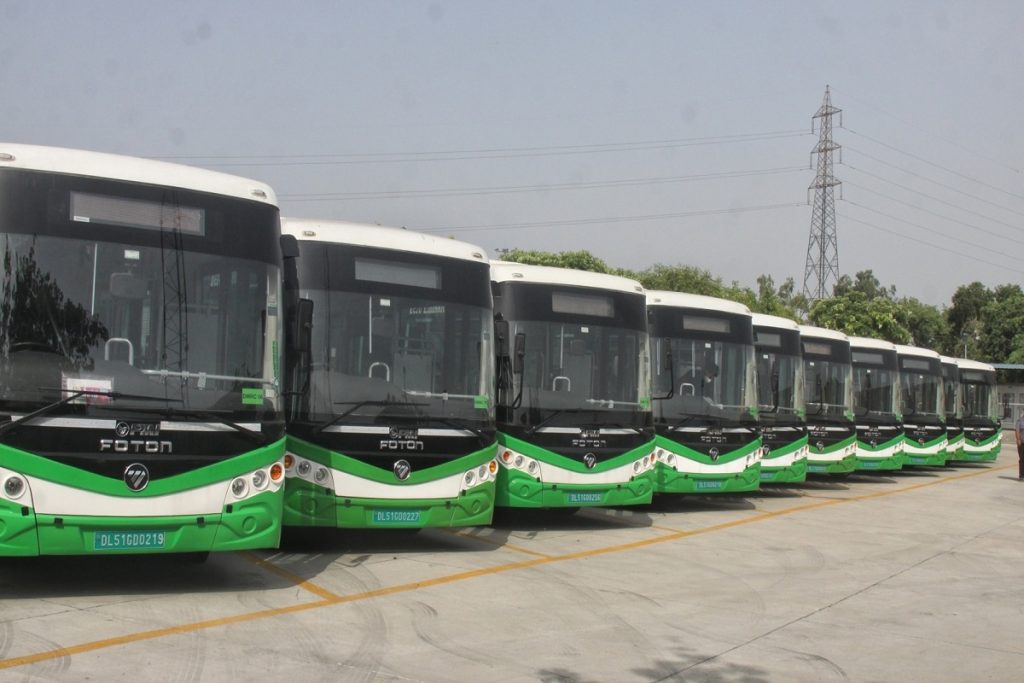Odisha has emerged as one of India’s leading states in the adoption of electric buses (e-buses), ranking 5th nationally in terms of deployment. With a strong focus on sustainable transport and reducing carbon emissions, the state government has unveiled plans to expand its fleet to over 1,000 e-buses in the coming years. This move places Odisha on the map as a key player in India’s transition to cleaner mobility solutions.
As climate concerns rise and urban air pollution becomes a pressing issue, electric mobility is no longer a distant goal but a necessity. Odisha’s proactive approach reflects India’s broader ambition of achieving net zero emissions by 2070.
Current Status of E-Bus Adoption in India
Electric buses are increasingly being adopted across Indian cities, supported by government initiatives such as the FAME (Faster Adoption and Manufacturing of Hybrid & Electric Vehicles) scheme and various state-level EV policies.
- Top performers: States like Maharashtra, Delhi, Karnataka, and Gujarat currently lead in total e-bus numbers.
- Odisha’s position: Standing at 5th, Odisha has made remarkable progress within a short span of time by rapidly expanding its fleet under public-private partnership models.
- National goals: India aims to deploy 50,000 e-buses by 2030, and Odisha’s upcoming fleet expansion will make a significant contribution.
Odisha’s E-Bus Push

Odisha’s adoption of electric buses is driven by multiple factors:
- Urban demand: Growing cities like Bhubaneswar, Cuttack, and Rourkela need sustainable mobility options.
- Government support: Subsidies and tax benefits under Odisha’s EV policy encourage fleet operators.
- Public-private collaboration: Tying up with bus manufacturers and private companies has accelerated deployment.
- Infrastructure expansion: Charging stations are being set up across urban corridors and highways.
So far, hundreds of e-buses are already operational, providing safe, affordable, and eco-friendly transport to lakhs of passengers daily.
Plans for a 1,000+ E-Bus Fleet
The state government’s roadmap envisions the addition of over 1,000 e-buses in the next few years.
- Targeted deployment: The buses will primarily operate in Bhubaneswar, Cuttack, Puri, and Rourkela before expanding to other districts.
- Smart fleet management: The buses will be equipped with GPS, CCTV, and digital ticketing systems to ensure efficiency.
- Integration with smart cities mission: E-bus adoption is aligned with Odisha’s smart city plans, particularly in Bhubaneswar.
- Focus on last-mile connectivity: Smaller e-buses and e-rickshaw networks will complement the larger buses.
This expansion not only modernizes Odisha’s public transport but also helps meet India’s clean mobility goals.
Environmental Impact
E-buses are a game-changer in reducing vehicular pollution:
- Reduced emissions: A single e-bus can save up to 1,000 tons of CO2 emissions over its lifetime compared to diesel buses.
- Noise pollution: Electric buses are quieter, contributing to better urban living conditions.
- Health benefits: Cleaner air reduces respiratory issues, particularly in urban centers.
With Odisha deploying a 1,000+ fleet, the environmental impact will be significant, making it a model state for green mobility.
Economic and Employment Benefits
The e-bus revolution is not just about sustainability but also about boosting the local economy:
- Job creation: From drivers and maintenance staff to charging station operators, thousands of jobs are expected.
- Local manufacturing: Partnerships with Indian bus manufacturers will enhance the state’s industrial base.
- Cost savings: E-buses have lower running costs compared to diesel, reducing long-term expenses for operators and government agencies.
Challenges Ahead
While Odisha has made impressive progress, challenges remain:
- Charging infrastructure: Scaling up fast-charging networks across the state is critical.
- Initial investment: High upfront costs of e-buses pose financial challenges despite subsidies.
- Battery technology: Dependence on imported batteries raises cost and supply chain concerns.
- Maintenance and training: Skilled manpower is needed for efficient servicing and management.
The state will need to address these bottlenecks to ensure smooth adoption of its 1,000+ fleet.
Odisha’s Role in India’s Green Mobility Future
Odisha’s ranking in the top five e-bus adopters is symbolic of the state’s progressive stance on sustainability. By committing to a large fleet expansion, the state not only contributes to India’s EV roadmap but also sets an example for others.
As India moves towards electric highways, battery-swapping networks, and green hydrogen projects, Odisha’s experience will offer valuable lessons in balancing growth with environmental responsibility.
Conclusion
Odisha’s ranking as the 5th largest e-bus adopter in India and its ambitious plan to expand to over 1,000 e-buses underline its leadership in clean mobility. With benefits ranging from reduced carbon emissions and improved air quality to economic growth and job creation, this move is a win-win for both citizens and the environment.
While challenges exist in scaling infrastructure and managing costs, Odisha’s proactive vision ensures that it will remain at the forefront of India’s sustainable transport revolution. As other states look to replicate this model, Odisha is well on its way to becoming a national leader in e-mobility.

